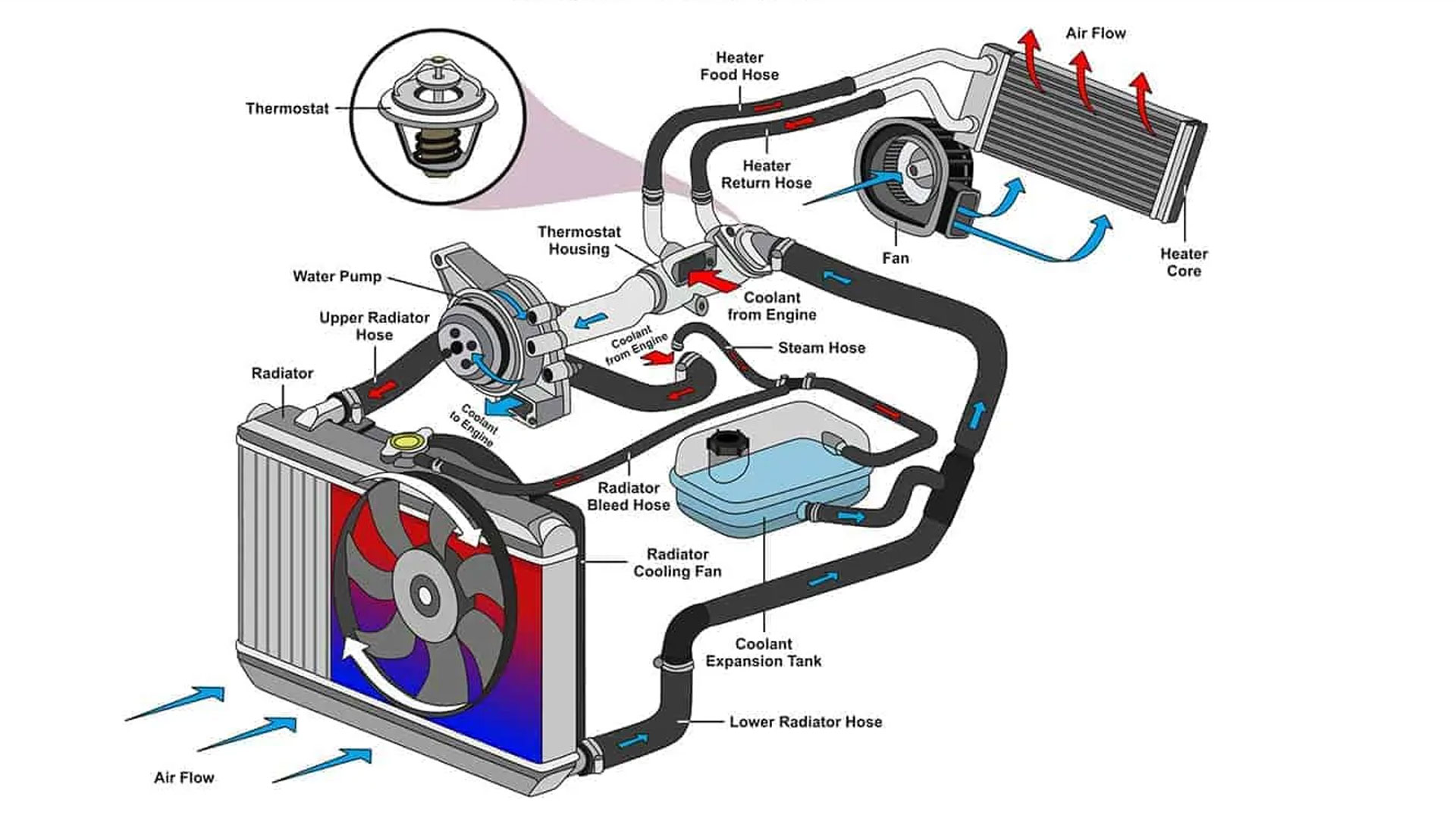Electric cars are becoming increasingly popular, but they can be a challenge to drive in cold weather. This is because electric cars don’t have a combustion engine to generate heat, so they rely on other methods to warm up the cabin.
How do electric car heaters work?
There are two main ways that electric cars heat the cabin:
- Resistive heating
- Heat pumps
Resistive heating
Resistive heating is the most common method used in electric cars. It works by passing an electric current through a metal element, which creates heat. This heat is then transferred to the cabin air through a heater core.
Here are the steps involved in resistive heating:
- An electric current is passed through a metal element, such as a coil of wire.
- The metal element heats up due to the resistance of the current.
- The heated metal element transfers heat to the cabin air through a heater core.
Resistive heating is simple and relatively inexpensive to install, but it’s not very efficient. It can also draw a significant amount of power from the battery, which can reduce range.
Heat pumps
Heat pumps are becoming increasingly popular in electric cars. They work by transferring heat from one place to another. In the case of electric cars, heat pumps use heat from the outside air or from the battery to warm up the cabin.
Here are the steps involved in heat pump heating:
- A refrigerant is pumped through a system of coils.
- The refrigerant is compressed, which raises its temperature.
- The hot refrigerant is then passed through a heat exchanger, which transfers heat to the cabin air.
- The refrigerant is then decompressed, which cools it down.
- The cooled refrigerant is then passed through a condenser, which releases heat to the outside air.
Heat pumps are more efficient than resistive heating, and they don’t draw as much power from the battery. However, they can be more expensive to install.
Which type of heating is best?
The best type of heating for an electric car depends on a number of factors, including the climate where the car will be driven, the car’s price, and the driver’s preferences.
In cold climates, heat pumps are generally the best option. They’re more efficient than resistive heating, and they can help to extend the car’s range.
In warmer climates, resistive heating may be a better option. It’s less expensive to install, and it doesn’t require a heat pump.
How to keep your electric car warm in winter
Here are a few tips to help you keep your electric car warm in winter:
- Pre-heat your car before you get in. This will help to warm up the cabin and the battery.
- Use a remote start if your car has one. This will allow you to pre-heat your car from inside your home or office.
- Keep the windows closed. This will help to trap heat inside the cabin.
- Turn off the seat heaters when you’re not using them.
- Drive in a steady pace. Accelerating and braking quickly can waste energy and reduce range.
By following these tips, you can stay warm and comfortable in your electric car, even in cold weather.
Additional information
In addition to the two main methods of heating described above, some electric cars also use other methods to warm up the cabin, such as:
- Battery heat recovery
- Phase change materials
Battery heat recovery
Battery heat recovery uses heat generated by the battery to warm up the cabin. This is a relatively new technology, and it’s not yet widely available.
Phase change materials
Phase change materials absorb heat when they melt, and release heat when they solidify. Some electric cars use phase change materials to store heat generated by the battery or the electric motor. This heat can then be released to warm up the cabin.
Additional details
- Resistive heating:
- The metal element used in resistive heating is typically a coil of wire made of a material with a high resistance, such as nickel or stainless steel.
- The heater core is typically made of a material that conducts heat well, such as aluminum or copper.
- Heat pumps:
- The refrigerant used in heat pumps is typically a gas or a liquid with a low boiling point.
- The heat exchanger is typically made of a material that conducts heat well, such as aluminum
